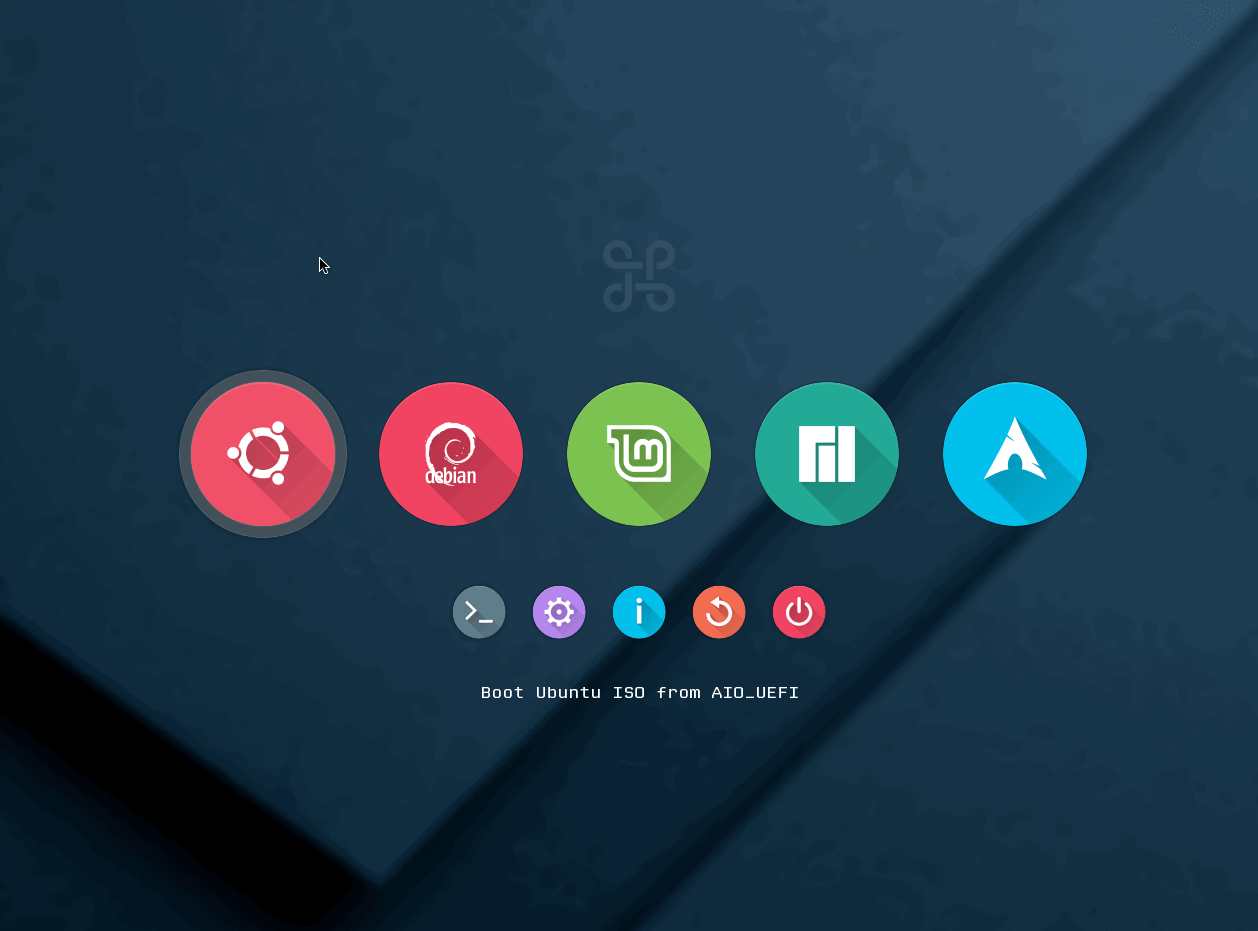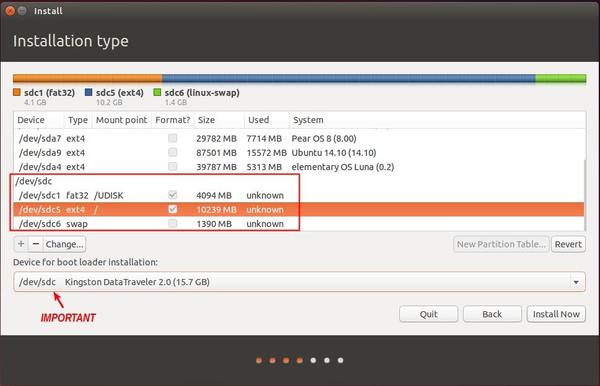

#INSTALL BOOTLOADER ON USB UBUNTU INSTALL#
If you want to save files and data on the USB drive, you will first need to install Ubuntu on the USB and create persistent storage. However, remember that you cannot store files and data on the USB live image. Once you have a bootable USB, you can take it with you anywhere and run the OS from it without installation. Click the Quit button to close the notification. Wait for a little while, and the bootable media will be created.

Click the Make Startup Disk button to start creating a bootable USB drive. The Disk to use section will automatically detect and add your plugged-in USB drive.Ĥ. Under the Source disc image(.iso) section in the Startup Disk creator application, click on the Other button to insert the Ubuntu. When the search result appears, click on the Startup Disk creator icon to launch the application. To launch the Startup Disk creator, hit the super key on your keyboard and search for the application using the search bar that appear s. In this example, we are working on an Ubuntu system, so we will use the Startup Disk creator application.

If you are using a Windows system, use Rufus, and for macOS, use the Disk utility. To make a Live USB in your Ubuntu system, open the Startup Disk creator application. The USB drive must be a minimum of 4GB.ģ. Download the Ubuntu 20.04 LTS ISO file from the Ubuntu official Downloads page.Ģ. Prepare Live USBįollow the steps below to prepare a live USB drive:ġ. Note: We have performed the procedure discussed in this article on a system running Ubuntu 20.04 LTS.
#INSTALL BOOTLOADER ON USB UBUNTU HOW TO#
How to try Ubuntu from a USB stick (without installing the OS).The primary topics covered in this article include the following: The article will also explain how to install Ubuntu on a USB drive to make the drive persistent. This article will explain how to run Ubuntu 20.04 from a USB stick. If you want to save your files and settings so that you do not have to start from scratch, you can create a persistent USB drive by installing the OS on it. This is not a problem if you are just trying out the operating system for one time only. However, take note that once you reboot the system, all saved items and changes will be wiped away. Using a live USB, you can boot up the system, install programs, save items, and make configurations without altering your computer’s configuration. Have you ever tried using a live USB drive to run Linux OS? It is a simple and easy way to learn how Ubuntu works and to become familiar with the user interface (UI) and layout.


 0 kommentar(er)
0 kommentar(er)
